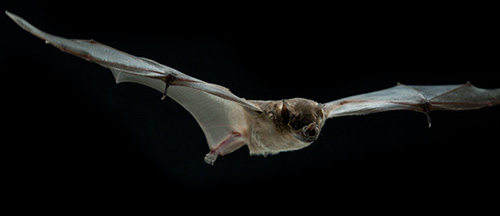Research

THINK TANK
Research & Design centers and universities are using DEL imaging systems to provide critical breakthroughs from microelectronics to medical advances.

Slow motion image of bat
Common applications for research include:
- Microelectronics testing including:
- Wet chemical application / row analysis
- Vibration and impact analysis
- Drop testing
- Packaging evaluation
- Interaction of parts
- PHDs in experimental biology will do a variety of medical testing, for example:
- Needle research with non-puncturing skin techniques
- Water jet spray testing through the small things like pores
- Vocal cord testing with pigs
- Artificial valve testing including water and blood flow rates with data acquiring sensors (before and after valve implementation)
- Research on absorption of paper towels, napkins, diapers, and feminine products
Clients include:
Testing is often done in conjunction with government grants or funding from corporations to universities and medical companies.
- University of Pennsylvania
- Penn State
- MIT Lincoln Labs
- NYU Voice Center
- Springfield Institute of Technology
- Harvard Medical School
- First Quality Paper Products
Sample Videos:
Camera systems we recommend:
XStream Mini Series, Os Series and XStream 1440 PCIe 3.0, 2 System Stereo XStream, all with integrated 120E LEDs
Key Benefits:
- In depth analysis through high resolution imaging with high speed imaging allowing measurements down to the micron level
- Smallest most compact to easily use in microscopic research
- New streaming capability with continuous live and record to not miss or document your findings
Case Studies
- Biomedical Engineering Columbia U Barclay Morrisson III – MotionPRO with MiDAS Data acquisition Synchronized Force inputs with high speed imagery to Study brain trauma injurys: http://orion.bme.columbia.edu/ntar_lab_pages/ “it happens in 40 milliseconds”
- New paper: http://www.wired.com/2010/04/silk-brain-computer-interface/
- Neuroscience NYU: http://www.biolbull.org/content/187/3/293.full.pdf+html?view=reprint&pmid=7841232
